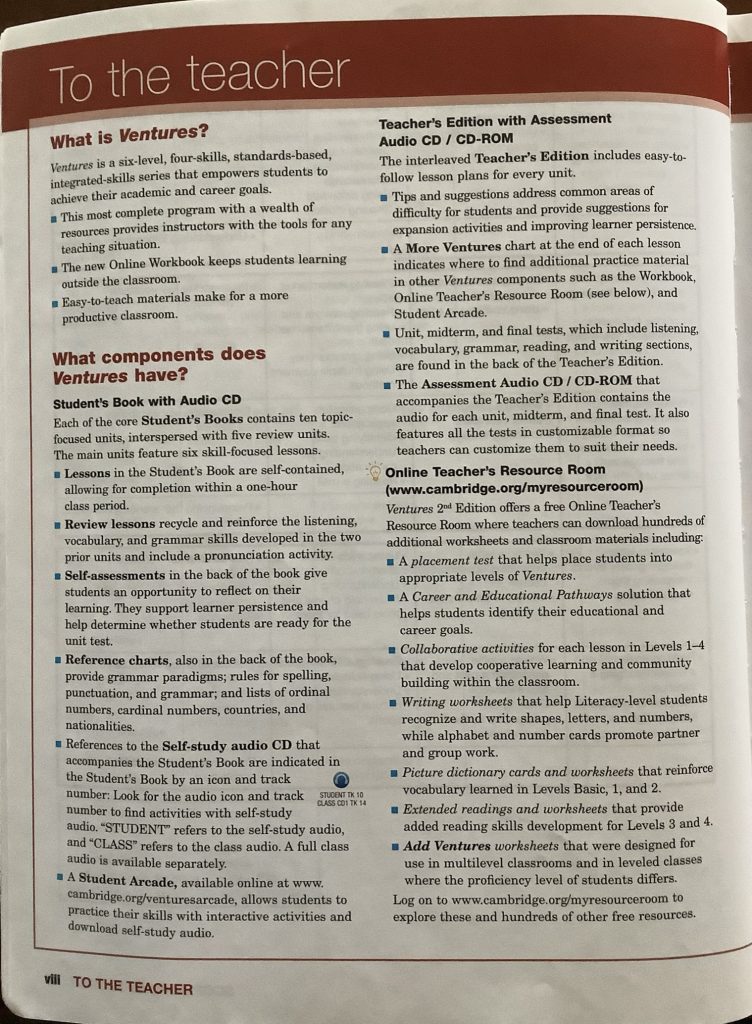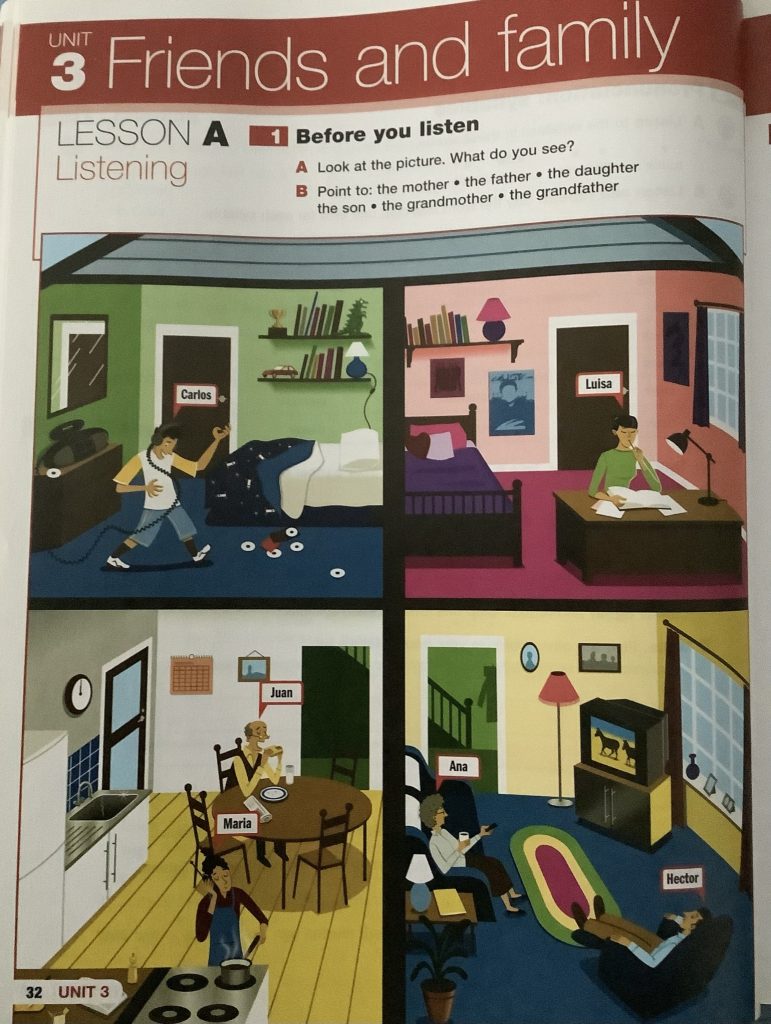
The standards for foreign language instruction within the US have undergone many alterations throughout the last 2 centuries. Grammar translation and auditory repetition was the focus of foreign language learning until mid-twentieth century, with the focus remaining on understanding written text instead of spoken language proficiency. Audio-lingual method with more emphasis on behavioral theory of learning became more of the focus but this also began to be determined not as effective so new standards were developed that were more balanced using not just one method of learning (ACTFL Program Standards for the Preparation of Foreign Language Teachers 2013).
These standards which set forth more of a philosophy on language learning that will incorporate not just audio-lingual teaching, but other methods including communicative and grammar translation. These focus on 5 areas, called the 5Cs, communication, culture, connections, comparisons and communities. These are the ways that learning programs and textbooks used can be evaluated.
I am reviewing the textbook Ventures 1, 2nd Edition l. Although I used this textbook when tutoring adults in an adult literacy program for those that could not speak or understand English, it is designed not just for tutoring but also is suitable to be used in a classroom setting. One student that I tutored was a middle-aged nurse that wanted to return to nursing field but was unable because of her limited understanding of English since she had moved to the US. She had difficulties because of the language barrier and was unable to obtain documents regarding her nursing education from Puerto Rico. The textbook seemed appropriate for this student since it focuses on adult material, content that helps adult students navigate in their communities and work environment.
This textbook does some things that meet standards very well. The area which that is demonstrated is in the area of communication. It provides a balance between the different methods of learning, including listening, speaking, reading and writing. Each unit includes 5 lessons followed by 3 activities in each lesson. There is 1 lesson each focused on listening, reading and writing with speaking incorporated in each lesson. In addition, there are 2 lessons focused on grammar in which writing and speaking either spontaneously or repeating text out loud. In addition, each lesson starts with independent learning activity and progressing to paired or group activity.
The area which the textbook does not perform as well is comparisons. There are very few opportunities to compare the learners’ original culture and language with the target language they student is learning. There are not any translations from other languages to English. I believe this is because to authors intended the book to be used by several language speakers and felt it may be more difficult to tailor to many different languages learning English.
Overall, I think this textbook is useful tool for learning of English. The subject matter within the lesson is appropriate for adult learners for which this book was designed. It provides a balance for different types of learners, utilizing pictures, written text and auditory methods. It has balance of listening, reading, writing and grammar. The only deficiencies that I find is that it does not provide specific translation of other languages to English. For example, when a concept was more difficult for my Spanish speaking student, I did have to find some supplementary material that translated Spanish to English.
ACTFL (2013) Program Standards for the Preparation of Foreign Language Teachers 2013 retrieved from https://www.actfl.org/sites/default/files/caep/ACTFLProgramStandards2013.pdf


Sample Chapter
The chapter that I reviewed is Unit 3, titled “Friends and Family” of textbook Ventures 1, 2nd ed. The units throughout textbook are topics based on academic or career-oriented goals. This unit revolves around the topic of family, identifying different names of family members and their roles and activities. The lessons within the unit are very structured, begin with listening, then progresses to two grammar lessons about what and yes/no questions using present progressive tense form. Then the next lessons include reading a passage about a birthday party, writing which includes filing out a census form and the last lesson is filing out an insurance form.
Vocabulary is introduced in the first lesson, with four illustrated pictures of family members in different rooms of a house doing different activities. The brother and sister are in their bedrooms, one is studying while another is dancing to music, other family members such as the parents and grandparents are in the kitchen and den cooking, eating and watching television. Since written translation of other languages is not used in this textbook, I believe the authors use pictures to convey meaning in learning vocabulary words and action verbs used in this chapter and throughout the textbook. It helps to introduce more simple words before progressing to more difficult concepts in later parts of the chapter.
The lessons not only move from simple to more complex but also controlled to semi-controlled techniques. In lesson about reading, a story about birthday party is read aloud and following activity include answering yes/ no questions about the birthday party story and answering what questions in the form of a sentence and then filling out a family tree of the family member relationships described in the birthday party story. And at the end of the lesson, students are instructed to diagram a family tree using their own family. This technique in learning relationships in a family is modeling and then forming association in one’s own experience.
Overall, I believe the structure of the chapter is effective in learning a new language. It balances between introducing material using listening, reading, writing and grammar, has logical flow of material from using illustrations to identify members of a family to everyday application of filing out a census and insurance form. The only drawbacks in the structure of the lessons are that most of the activities are teacher controlled and have less opportunity for creativity and make real life associations. The only activities which allow for more spontaneous answers are the tasks of drawing a family tree and filling out an insurance or census form.